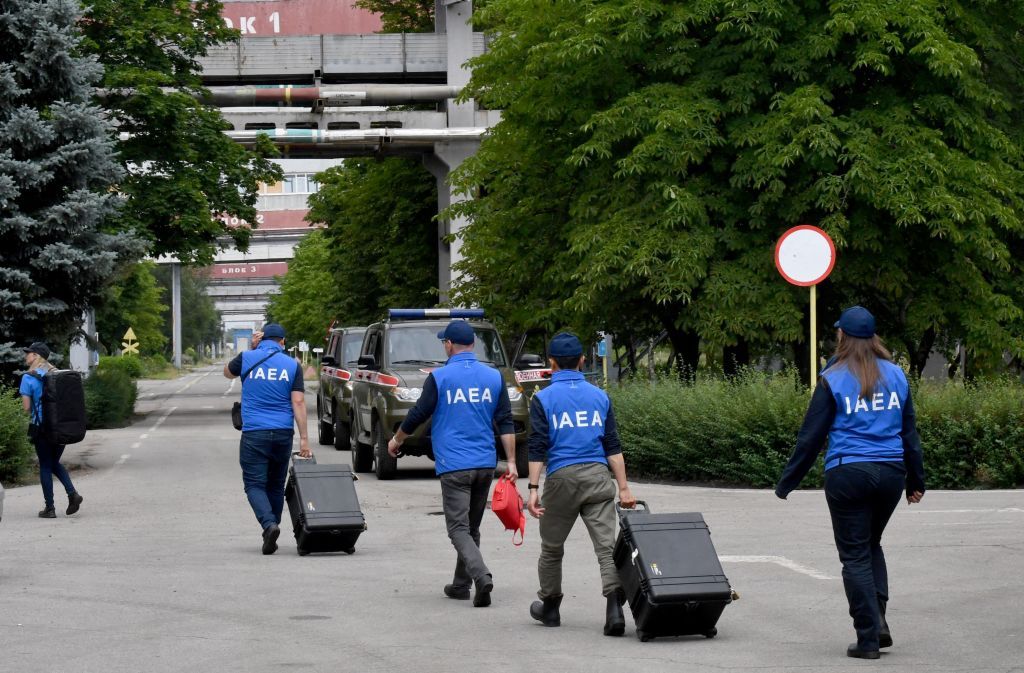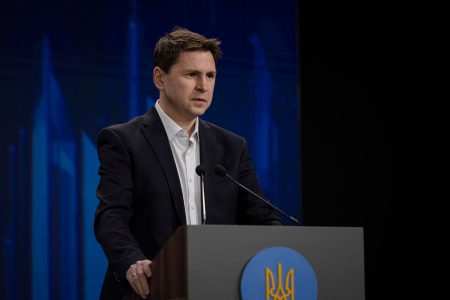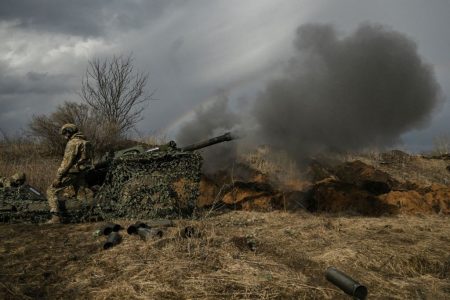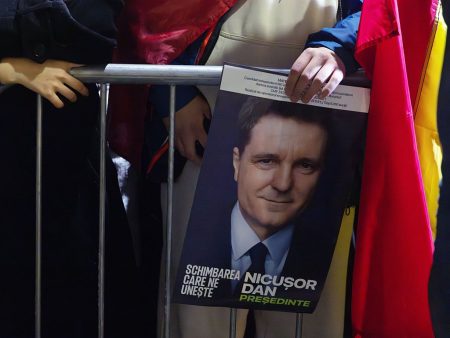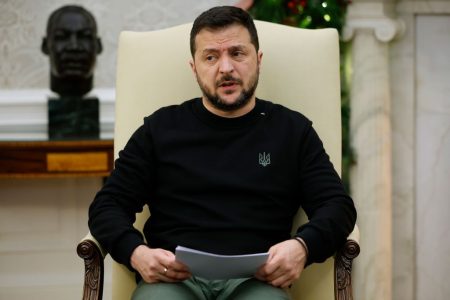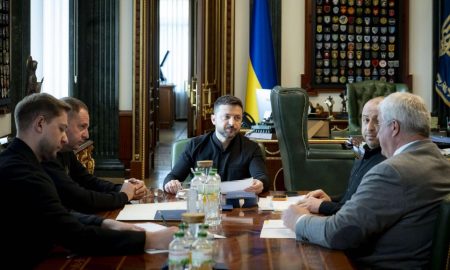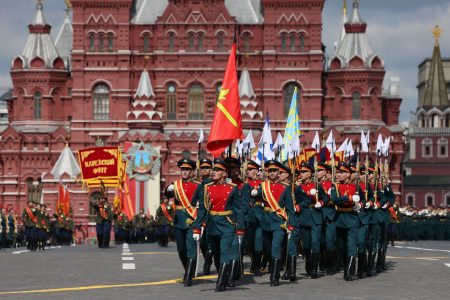Russia’s Foreign Ministry issued a warning on Nov. 14 regarding the presence of International Atomic Energy Agency (IAEA) inspectors at the Zaporizhzhia Nuclear Power Plant in the occupied region. This warning came in response to comments made by the agency’s director, Rafael Grossi, who stated that the IAEA monitors would continue their work at the plant until the conflict in the region is “frozen.” The Russian Foreign Ministry emphasized that the presence of IAEA experts at the plant is contingent upon the consent of the Russian government and may be revoked if deemed inappropriate.
The Zaporizhzhia Nuclear Power Plant, which is the largest in Europe, has been under Russian occupation since March 2022. Teams of IAEA monitors have been stationed at the plant on a rotational basis since September 2022, however, Russian authorities still restrict their access to the facility. The plant’s proximity to the front lines has raised concerns about nuclear safety risks amid the ongoing conflict. Additionally, the construction of two new power units at the South Ukraine Nuclear Power Plant highlights Ukraine’s reliance on nuclear energy for over half of its energy production, which has become increasingly important due to Russia’s attacks on its energy infrastructure.
The Russian Foreign Ministry criticized Rafael Grossi for mentioning the possibility of a cessation of hostilities in the region, stating that it is beyond the scope of the IAEA’s authority to make such judgments. The ministry reiterated that the presence of IAEA experts at the Zaporizhzhia Nuclear Power Plant is subject to the approval of the Russian government and will only be permitted as long as it is deemed justified. This exchange underscores the complexities surrounding the involvement of international organizations in conflict zones and the challenges they face in carrying out their monitoring duties.
The dispute over the presence of IAEA inspectors at the Zaporizhzhia Nuclear Power Plant reflects a broader struggle for control and access to critical infrastructure in the conflict-affected region. As the conflict between Russia and Ukraine continues, the issue of nuclear safety and the monitoring of nuclear facilities remains a significant concern for both sides. The presence of international organizations like the IAEA can play a crucial role in ensuring transparency and adherence to nuclear safety protocols, but their ability to operate effectively in such environments is often hindered by political tensions and restrictions imposed by the parties involved.
The ongoing situation at the Zaporizhzhia Nuclear Power Plant highlights the risks associated with the militarization of energy infrastructure and the potential consequences for nuclear safety in conflict zones. The presence of IAEA monitors at the plant serves as a critical safeguard against the misuse or mishandling of nuclear materials, particularly in a volatile and unstable environment. As the conflict in Ukraine continues to evolve, the need for international cooperation and oversight in ensuring the safety and security of nuclear facilities becomes increasingly apparent.
In conclusion, the warning issued by Russia’s Foreign Ministry regarding the presence of IAEA inspectors at the Zaporizhzhia Nuclear Power Plant underscores the complex and challenging dynamics at play in conflict-affected regions. The ongoing conflict between Russia and Ukraine has implications for nuclear safety and security, particularly in relation to critical infrastructure such as nuclear power plants. The involvement of international organizations like the IAEA is essential in monitoring and safeguarding these facilities, but their work is often hampered by political disputes and restrictions imposed by the parties involved. As the situation continues to unfold, the need for international cooperation and commitment to nuclear safety protocols remains imperative in mitigating the risks associated with nuclear energy in conflict zones.









